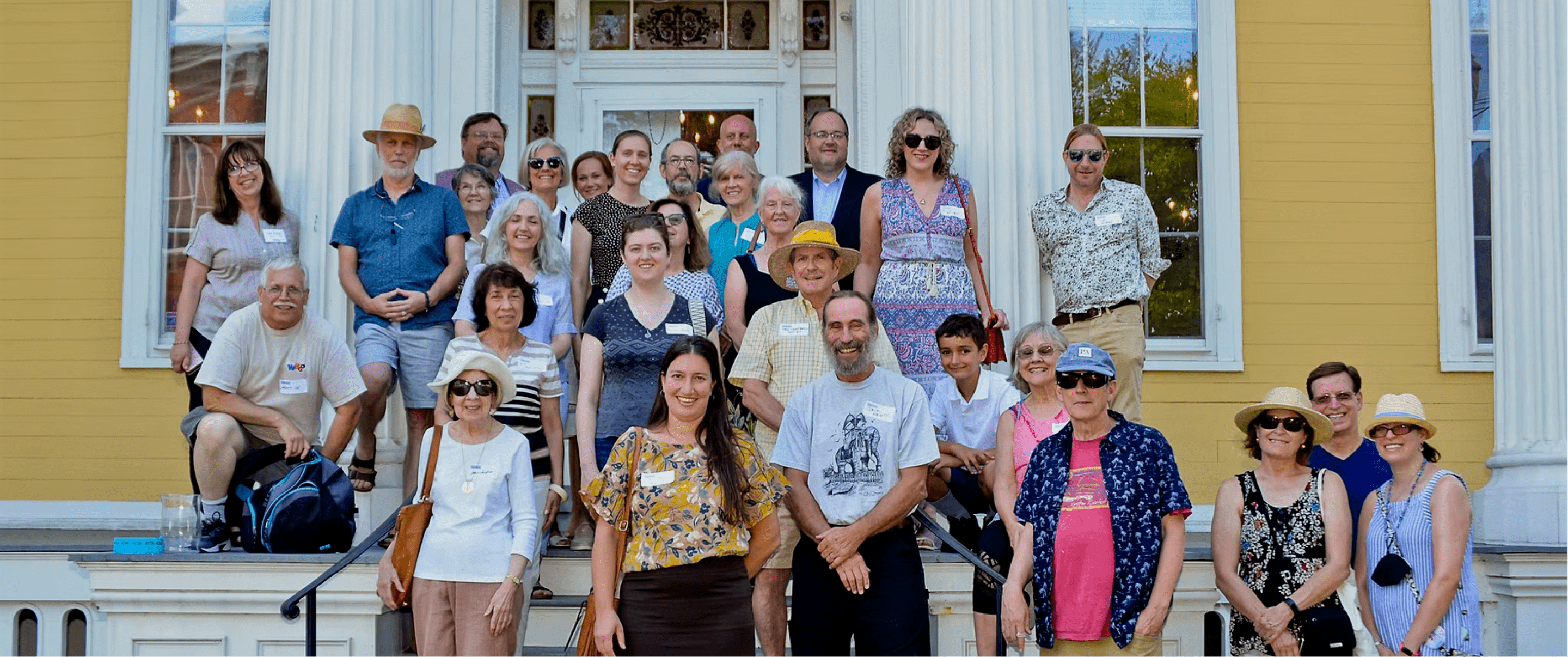Founded in 1978, Preservation New Jersey is a statewide member-supported non-profit historic preservation organization. PNJ promotes the economic vitality, sustainability, and heritage of New Jersey’s diverse communities through advocacy and education.
Preservation New Jersey fulfills its mission by providing and implementing the following:
Publishes the annual 10 Most Endangered Historic Places in NJ list, which draws attention to remarkable sites and to their many challenges. We believe that listing them will be a catalyst for change and that positive solutions can be found for their preservation.
Publishes instructional and informative toolkits and other educational materials and publications.
Maintains an informative newsletter, as well as Facebook, Twitter, and Instagram feeds.
Advocates for sound public policy at the local, state and federal levels on behalf of the historic preservation community in New Jersey.
Conducts tours, workshops, lectures and conferences to educate the public about historic sites and preservation and sustainability issues.
Provides a network of and informative training opportunities for professionals through the Building Industry Network.
Serves as a clearinghouse for technical assistance and information to homeowners, municipalities, historic preservation commissions, nonprofit agencies and other individuals and groups.

